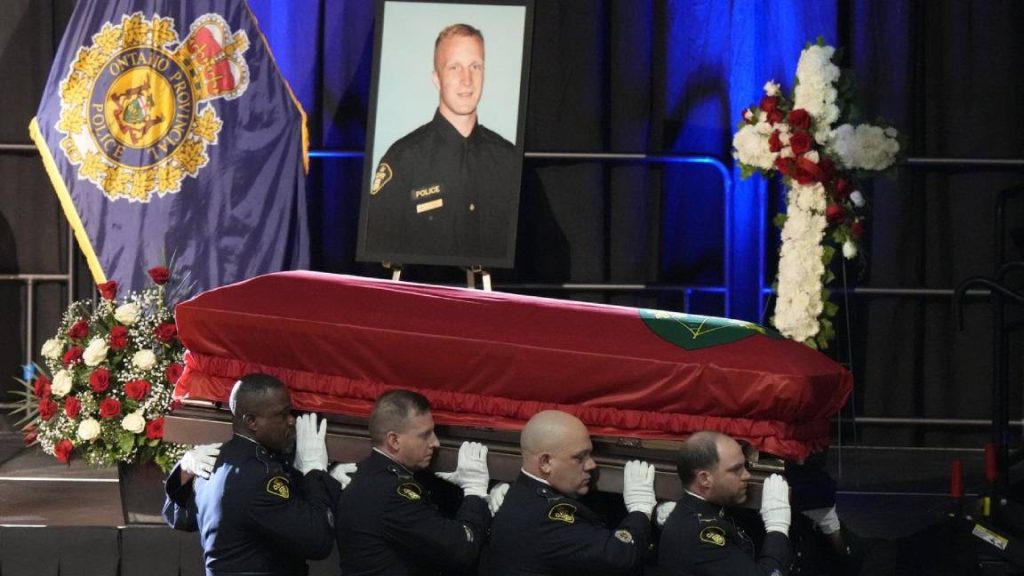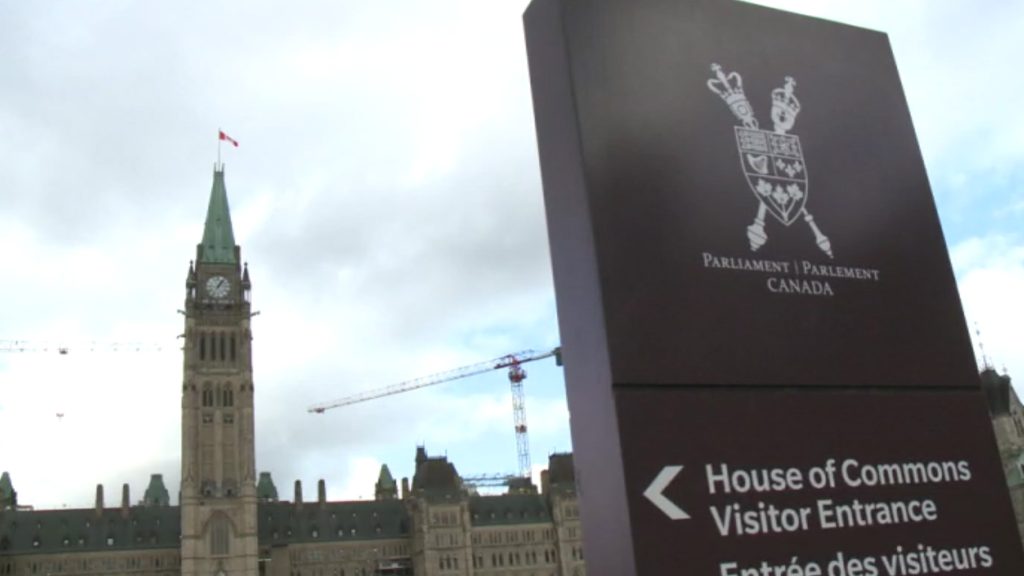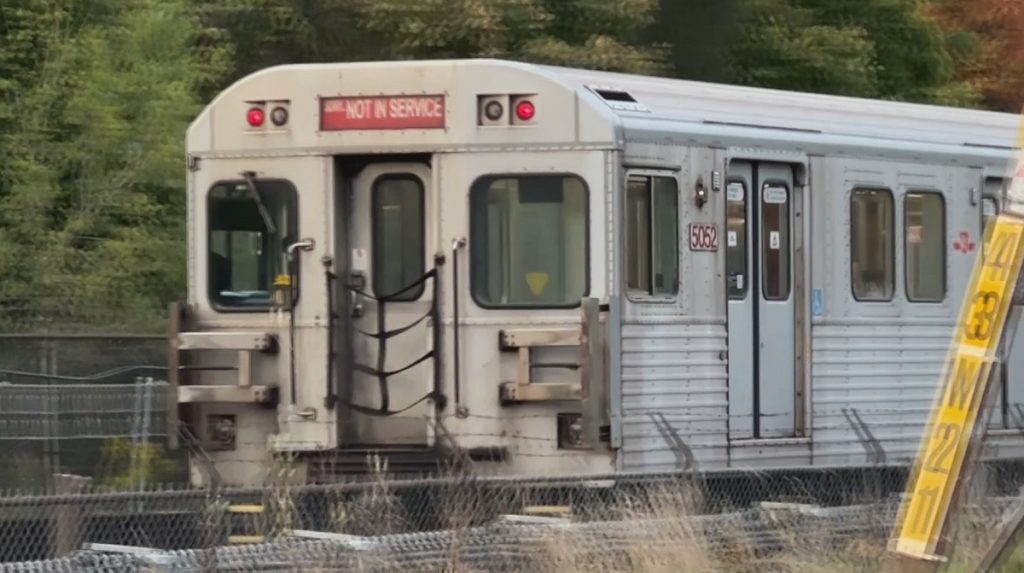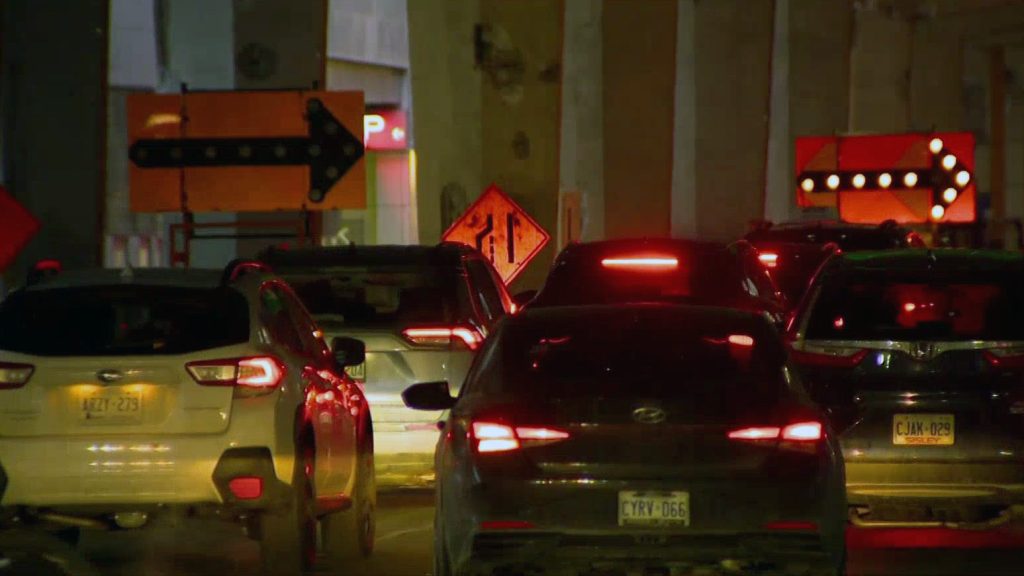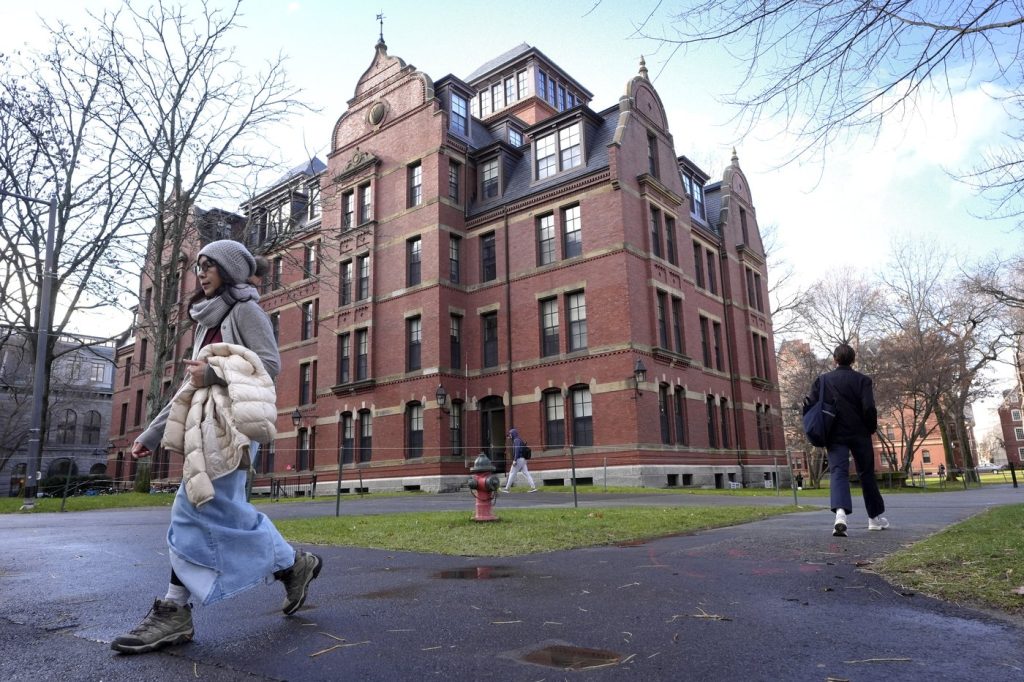Randall McKenzie and Brandi Stewart-Sperry were convicted of first-degree murder in the shooting death of Ontario Provincial Police Constable Grzegorz Pierzchala, who was fatally shot on December 27, 2022. The couple received life sentences with no possibility of parole for 25 years immediately following the verdict delivered by a jury in Cayuga, Ontario, after about six hours of deliberation during a four-week trial.
Constable Pierzchala was responding to a vehicle that had gone into a ditch west of Hagersville, Ontario, near Brantford when he was shot. The prosecution argued that McKenzie was the individual who fired the weapon, while Stewart-Sperry played a significant role in enabling him to do so. Both defendants pleaded not guilty.
During the sentencing, Superior Court Justice Andrew Goodman expressed his sympathy for Pierzchala’s family, describing McKenzie’s actions as "shocking" and a "cold-blooded assassination." Goodman stated, “There is no excuse whatsoever for your actions in this regard,” as he highlighted the senseless loss of a young officer who was just beginning his career. He hopes the verdict offers "some measure of closure" for Pierzchala’s family.
In a moment of regret, McKenzie addressed the court, stating, “I honestly am so sorry. What happened… that should never happen to nobody.” In contrast, Stewart-Sperry chose not to speak during the sentencing. A joint statement from OPP Commissioner Thomas Carrique and Pierzchala’s family acknowledged the trial as a challenging experience for both the police force and Pierzchala's loved ones, further emphasizing the importance of continuing the work Pierzchala began.
The key evidence in the trial was video footage from Pierzchala’s body camera, which detailed the events leading up to the fatal shooting. Numerous witnesses testified, including individuals who had seen the vehicle in the ditch and law enforcement officials involved in the investigation. Testimony also came from forensic specialists, revealing that gunshot residue was found on McKenzie’s clothing, specifically within the front pocket of a hoodie.
Both defendants opted not to testify in their defense, and their lawyers refrained from calling any evidence. The prosecution presented compelling arguments showing that the vehicle which Pierzchala responded to had been reported stolen the day before the shooting. Items belonging to other individuals were found in Stewart-Sperry's possession at the time of her arrest, which included vehicle permit papers and a car key fob.
The Crown argued that McKenzie and Stewart-Sperry intentionally killed Pierzchala when their options for evading arrest diminished. The prosecution maintained that the body camera footage depicted Stewart-Sperry moving between Pierzchala and McKenzie, suggesting that she assisted in the shooting. In contrast, Stewart-Sperry’s lawyer argued that there was insufficient evidence indicating she knew McKenzie possessed a gun or intended to shoot the officer.
In McKenzie’s defense, his lawyer sought to undermine the prosecution’s case by highlighting inconsistencies in witness descriptions that did not match McKenzie’s appearance at the time of the shooting. The murder weapon, a Glock 19 handgun, was traced back to being trafficked into Canada from the United States and had multiple DNA profiles on it, including that of McKenzie.
The aftermath of Pierzchala’s death ignited discussions among police leaders and politicians regarding bail restrictions for violent repeat offenders. Court documents revealed that McKenzie had previously been denied bail on unrelated assault and weapon charges months before the shooting but was later released after a review. A warrant for his arrest had been issued prior to Pierzchala’s death after he failed to appear in court.
In response to these events, premiers from all 13 Canadian provinces and territories urged then-Prime Minister Justin Trudeau through a letter for reforms in the country's bail system. In December 2023, new federal legislation was enacted, which placed the burden on accused repeat offenders to demonstrate they are not a risk to safety or are likely to flee, reversing the onus that was previously on the prosecution to establish this in the bail process.


